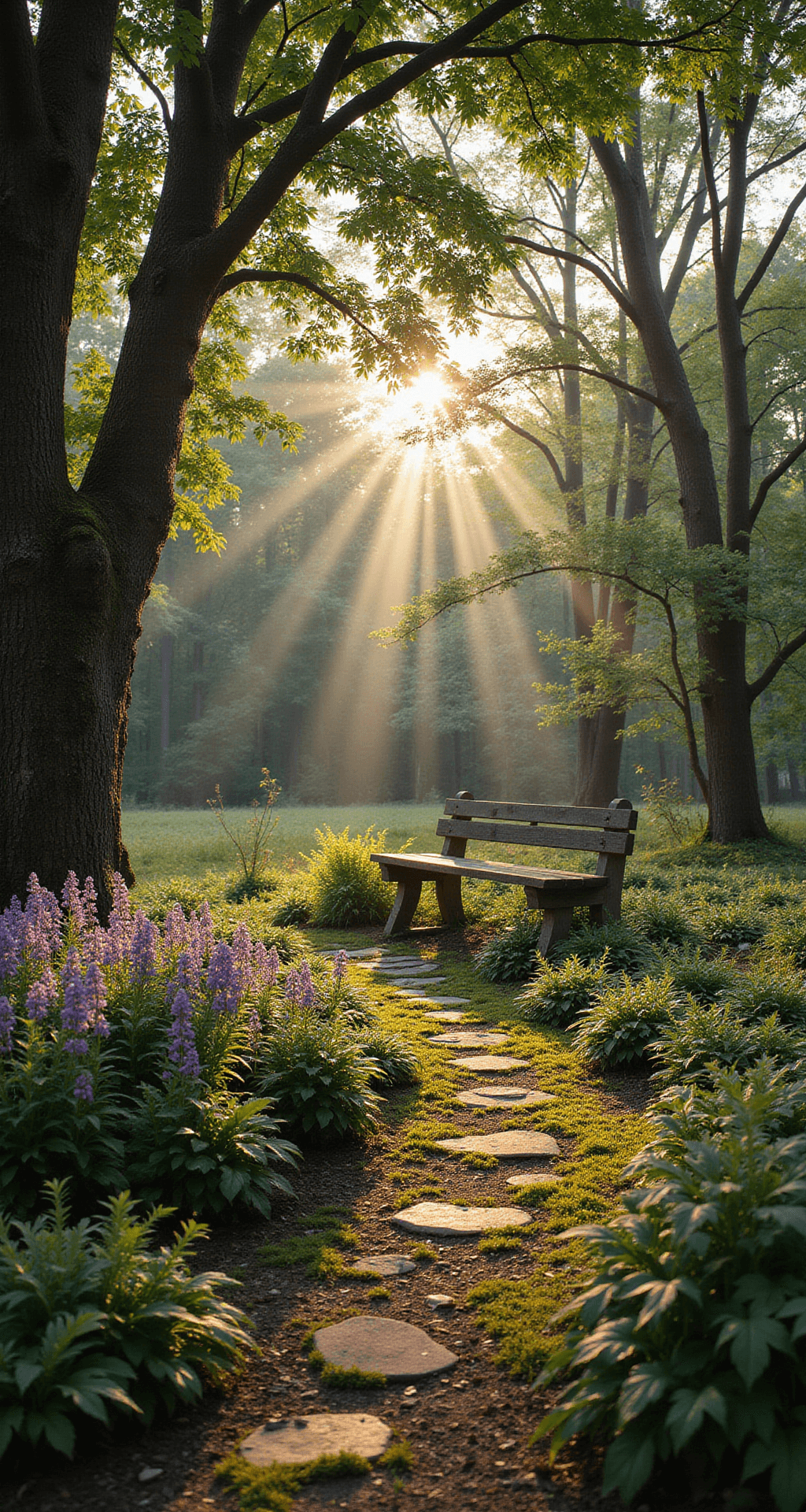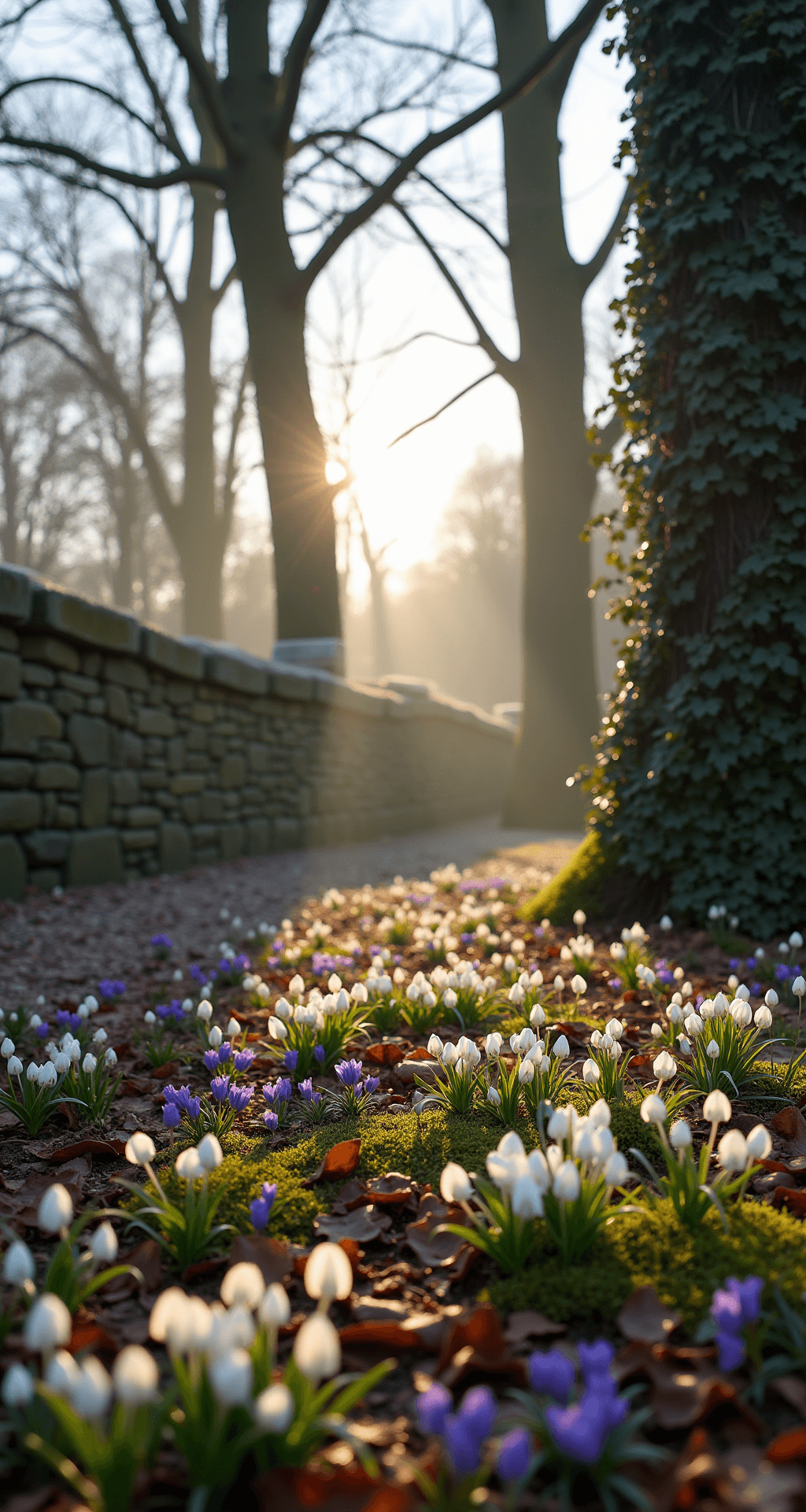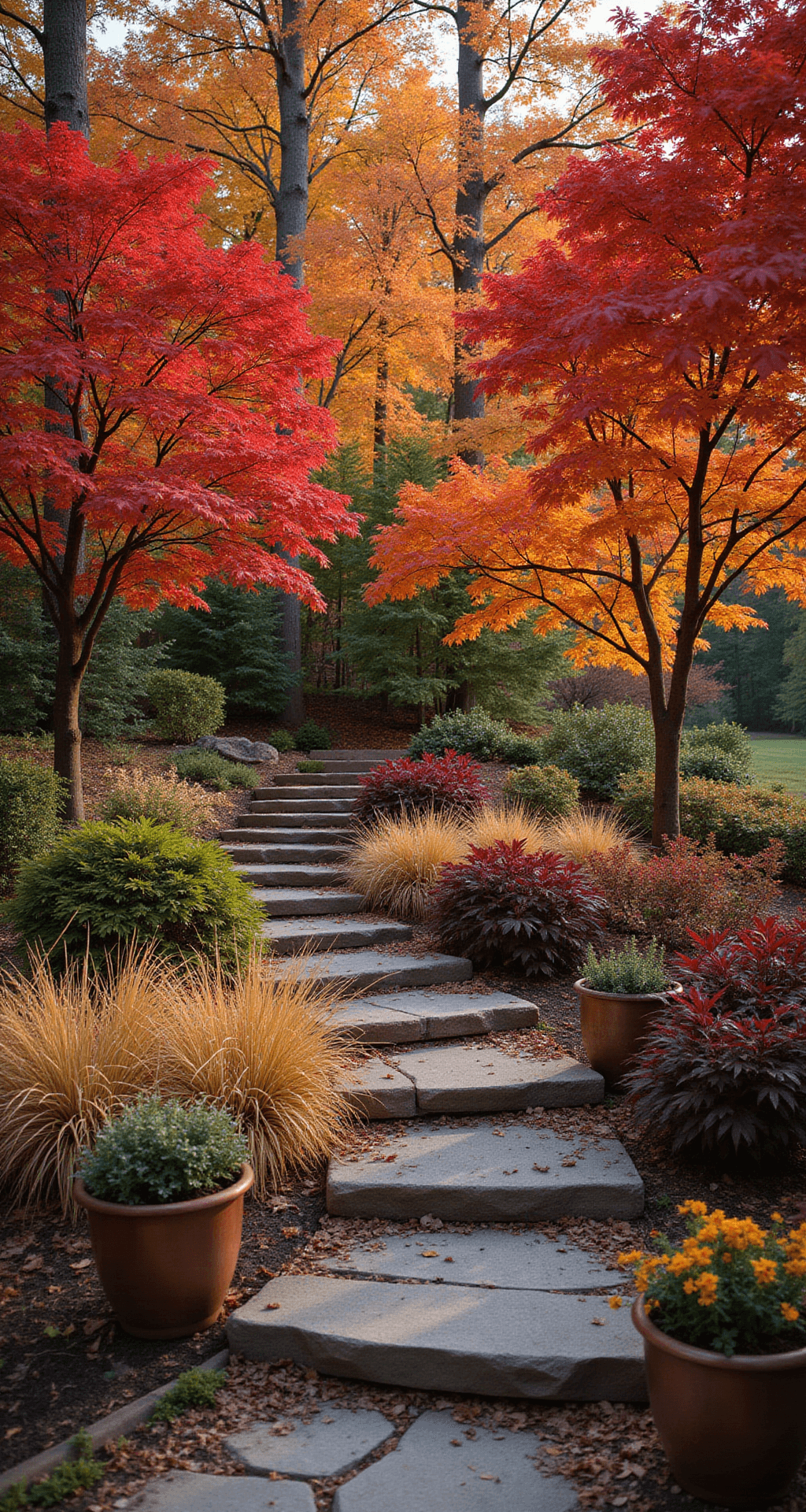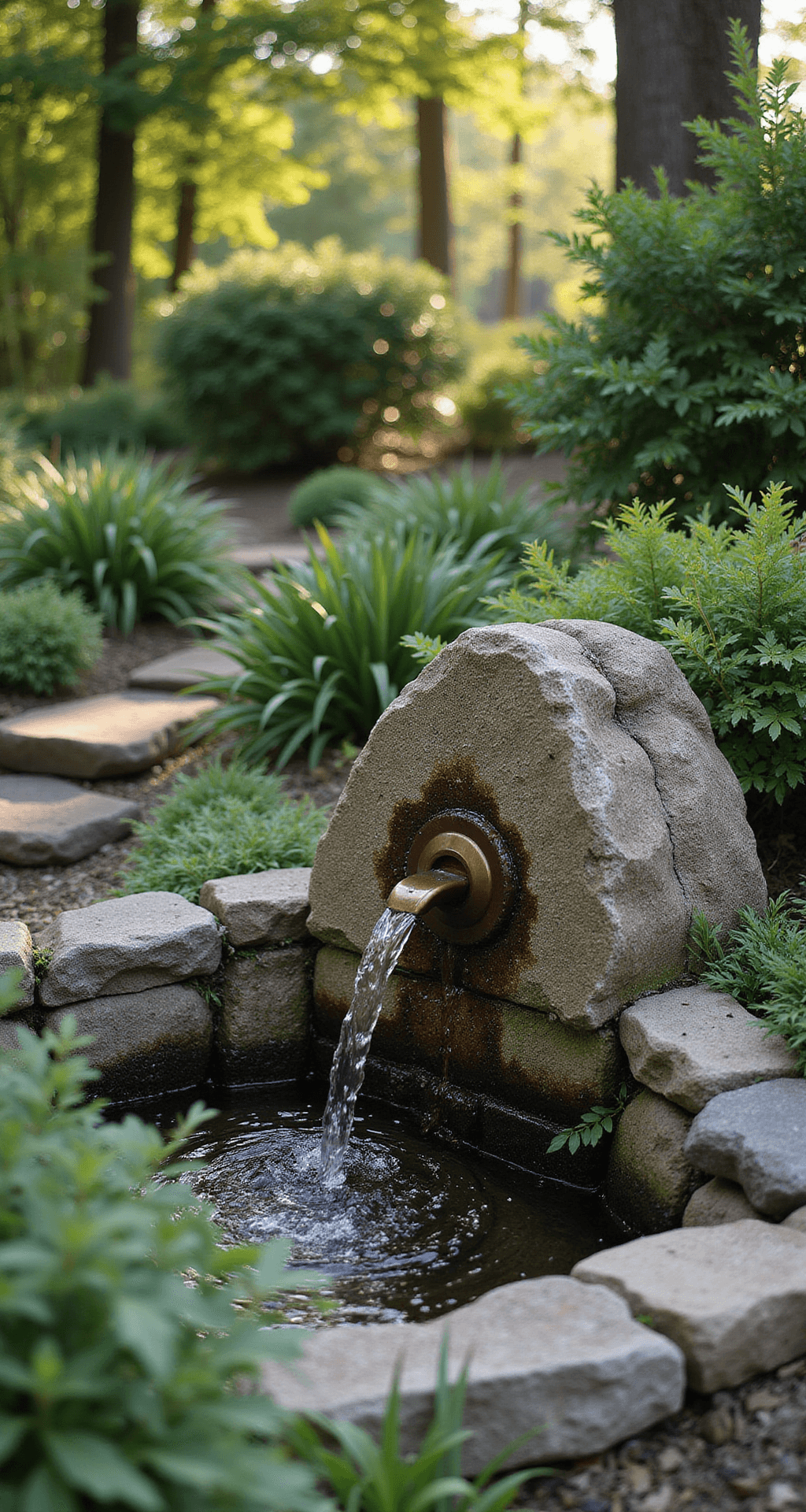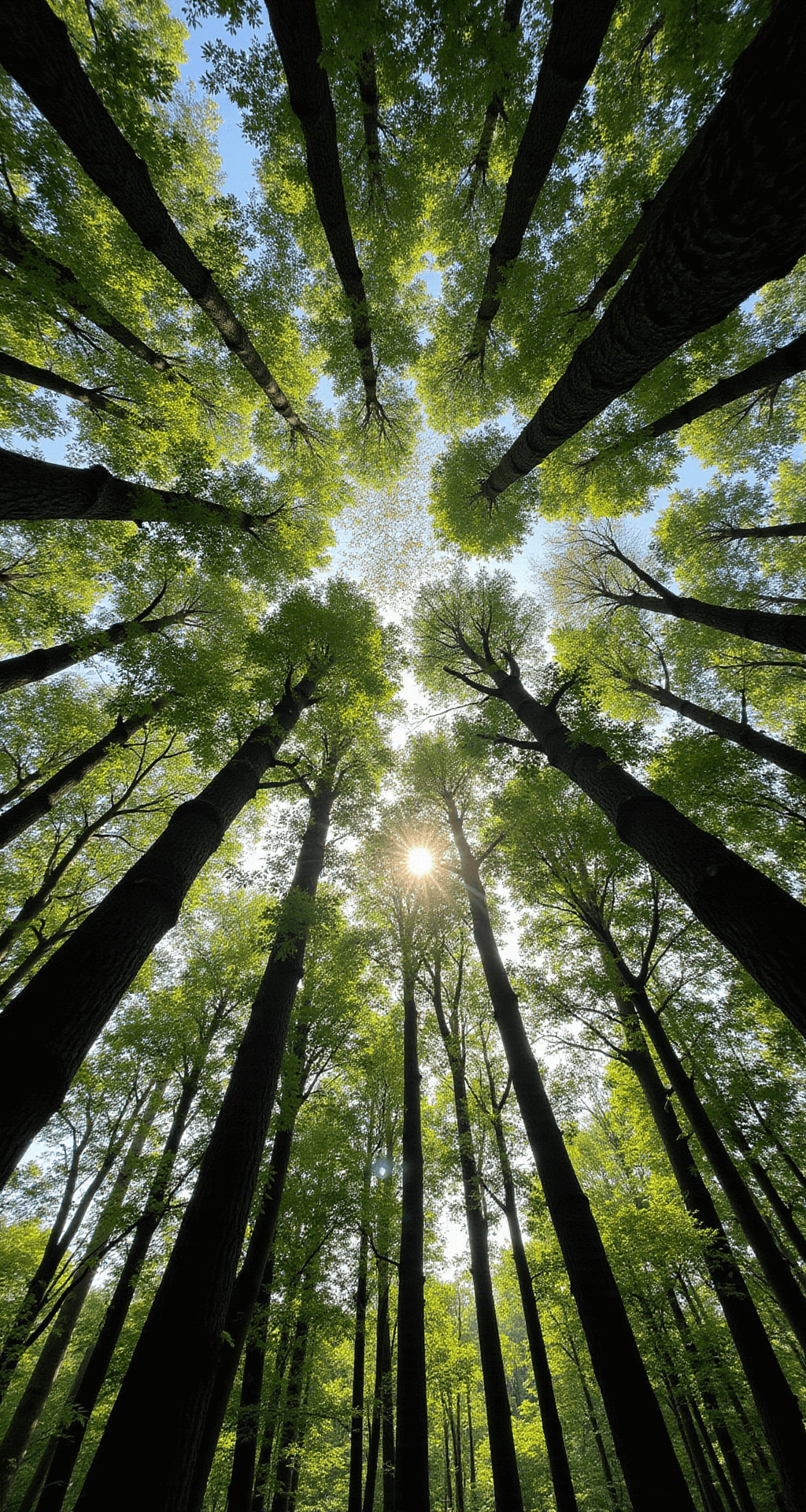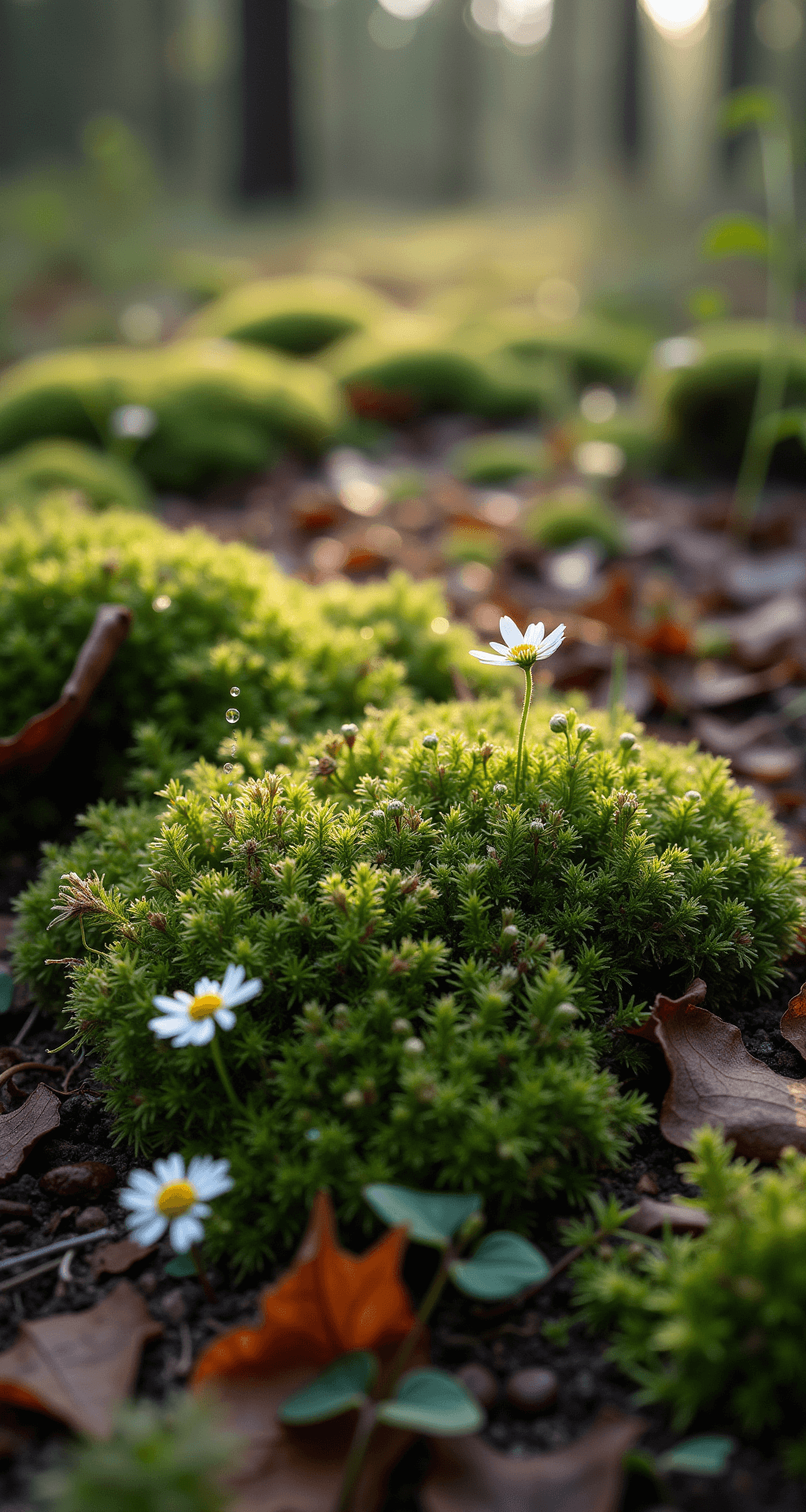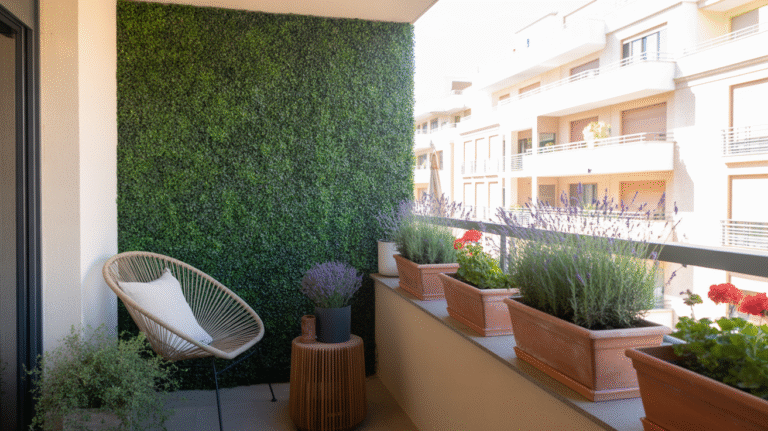This post may contain affiliate links. Please see my disclosure policy for details.
Creating Beautiful Gardens with Trees: Your Ultimate Guide to Woodland Landscaping
Contents
Trees transform gardens from ordinary spaces into magical, living landscapes. Let me walk you through the art of designing stunning woodland gardens that will make your outdoor space breathe with life.
Why Woodland Gardens are a Gardener’s Dream
Woodland gardens aren’t just random collections of trees and plants. They’re carefully crafted ecosystems that celebrate nature’s incredible design. Imagine stepping into a space where sunlight dances through leafy canopies, and every corner tells a story of natural harmony.
Key Challenges You’ll Navigate:
- Competing root systems
- Limited sunlight
- Complex soil conditions
- Seasonal plant growth variations
Design Secrets for Stunning Tree-Filled Gardens
Understanding Your Green Canvas
Trees are more than just background elements. They’re the architectural backbone of your garden. Their roots, branches, and seasonal changes dictate what can thrive beneath them.
Pro Tip: Think of your trees like living sculptures that create microclimates within your garden.
Strategic Plant Selection
Not all plants are created equal in woodland settings. You need tough, shade-loving performers that can coexist with tree roots.
Top Shade-Loving Plants:
- Hostas – The ultimate shade champions
- Ferns – Elegant and resilient
- Astilbe – Adds dramatic color
- Bleeding Hearts – Romantic woodland bloomers
- Moss – Nature’s perfect ground cover
Seasonal Design Strategies
Spring Approach:
- Plant early-blooming bulbs before tree canopies fully develop
- Choose snowdrops, crocuses, and winter aconites
Summer Strategy:
- Focus on plants with interesting foliage
- Use lighter-colored plants to brighten shaded areas
Autumn Magic:
- Embrace tree leaf colors as your primary palette
- Add understory plants with complementary autumn hues
Practical Woodland Garden Tips
Root Protection Techniques
- Use organic mulch to create a protective layer
- Avoid deep digging near tree roots
- Plant shade-tolerant species with minimal root disturbance
Water Management Essentials
- Install drip irrigation systems
- Mulch extensively to retain moisture
- Water deeply but infrequently
Legal Considerations
- Check local tree preservation regulations
- Consult arborists before major tree modifications
- Understand your property’s ecological constraints
Transforming Your Woodland Garden: A Step-by-Step Approach
- Assess Your Space
- Map existing trees
- Analyze sunlight patterns
- Identify natural clearings
- Design with Nature
- Create meandering paths
- Establish focal points
- Integrate seating areas
- Plant Strategically
- Layer plants by height
- Mix textures and colors
- Consider year-round interest
Common Mistakes to Avoid
🚫 Don’t:
- Overcrowd tree bases
- Ignore root systems
- Use inappropriate plants
- Forget about maintenance
✅ Do:
- Observe natural growth patterns
- Work with existing landscape
- Be patient
- Experiment and adapt
Final Thoughts
Woodland gardens are living, breathing masterpieces. They require patience, understanding, and a deep respect for nature’s intricate design.
Remember: Every garden tells a story. Make yours a beautiful, natural narrative that evolves with time.
Happy Gardening!


